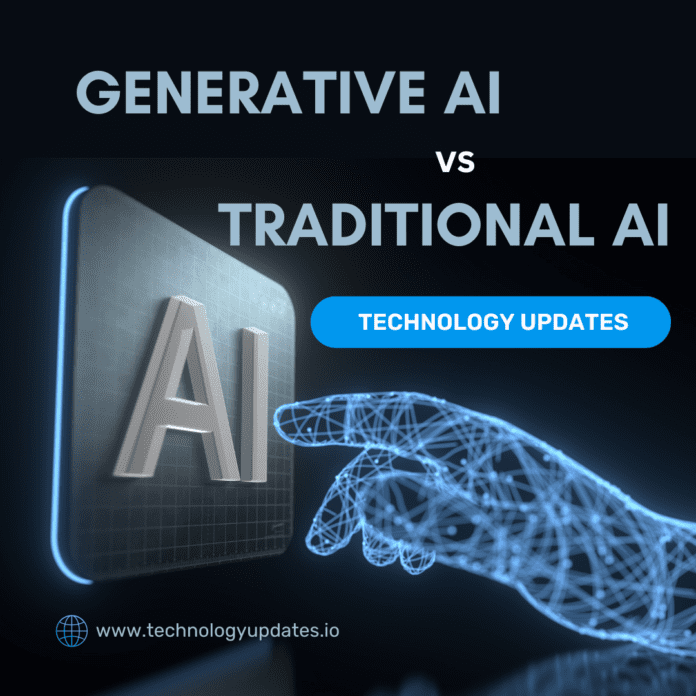In the fast evolving landscape of artificial intelligence (AI), the comparison between Generative AI and traditional metrics has become a focal point in evaluating business success. The nuances in these two approaches are crucial for businesses looking to thrive in the era of AI transformation. With key players reshaping industries and setting new benchmarks, understanding the differences between Generative AI and traditional metrics is paramount. Gen AI learns patterns from extensive datasets, utilizing advanced neural networks like Generative Adversarial Networks (GANs) and Recurrent Neural Networks (RNNs) to produce realistic outputs such as images, text, and music.
Exploring Generative AI

Generative AI represents a paradigm shift by not only analyzing data but also delving into the realm of content creation. Leveraging data-driven learning and probabilistic modeling, Gen AI can generate realistic content across various domains, including images, text, and music. The use of neural networks such as Generative Adversarial Networks (GANs) and Recurrent Neural Networks (RNNs) has propelled Gen AI to produce creative and novel outputs, challenging conventional boundaries.
The Advantages and Limitations of Generative AI
Generative AI offers unique advantages, including creativity, adaptability, and potential generalization within a given domain. However, challenges such as complexity in model training, lack of transparency in deep learning models, and ethical concerns like deepfake content generation highlight the intricacies of adopting Gen AI. Despite these limitations, the ongoing developments in foundation models like Google AI’s PaLM and OpenAI’s GPT-4 and much more, signify the transformative potential of Gen AI across industries.
Traditional AI in Comparison
Traditional AI, also known as rule-based or expert system AI, operates on predetermined rules and algorithms to execute specific tasks efficiently. While Gen AI focuses on creativity and adaptability, Traditional AI excels in rule-based accuracy, efficiency, and domain-specific expertise. With transparency in decision-making processes and reliability in consistent results, Traditional AI remains a stalwart in domains with well-defined rules and tasks.
The Future of AI Technologies
As Generative AI and Traditional AI continue to evolve rapidly, the inclusion of model-centric AI, data-centric AI, explainable AI, and responsible AI frameworks signifies a holistic approach towards enhancing AI capabilities. Organizations can leverage these advancements to develop more efficient models, enhance data quality, ensure transparency in AI operations, and prioritize ethical deployment of AI systems. By understanding the strengths and limitations of Gen AI and Traditional AI, businesses can navigate effectively in the dynamic AI landscape and harness the full potential of AI technologies for sustainable growth and innovation.


